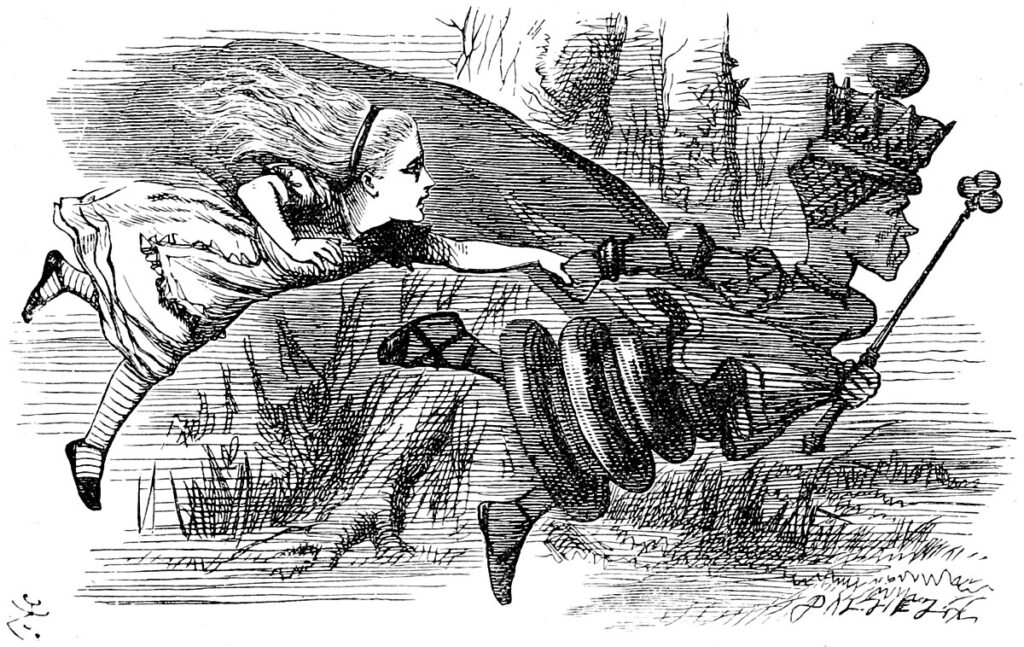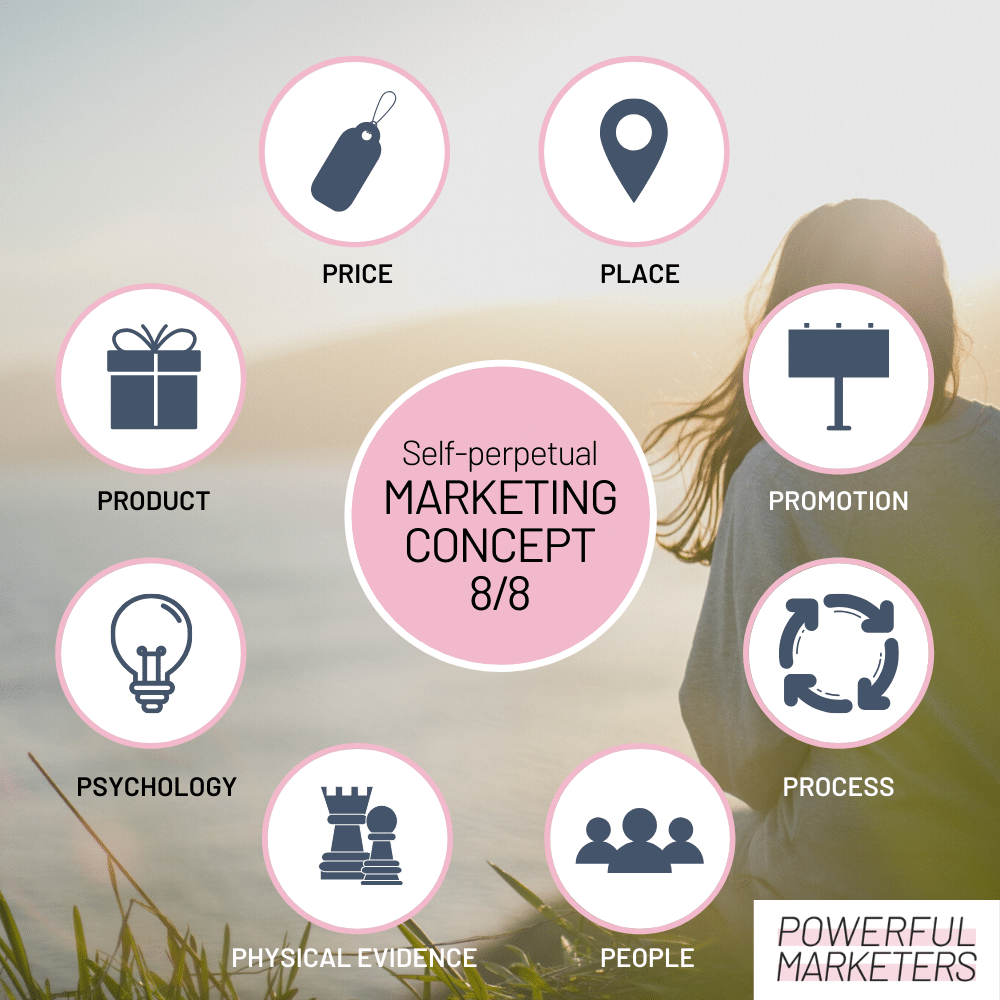You may already be aware of the fact that some managers and colleagues, and the public in general are becoming more and more skeptical towards marketing. Some of them tend to put their confidence in numbers, and more ‘mathematical’ areas of the business that don’t seem to lie. So you need to ask yourself, how can you contribute to overcoming this lack of confidence in marketing, both in your business and in your target market?
On top of a loss of confidence in marketing from the public and some business owners, you are most likely dealing with some other challenges on a daily basis. For example, how do you determine the most effective ways to deal with your own FOMO (fear of missing out) and your manager’s, or serious doubts as to how often or with what frequency you should carry out certain activities in your campaigns and marketing, and how to effectively apply the famous Marketing P’s — product, price, place, promotion etc.?
A Crisis of Confidence in Marketing
Over the recent years, trust in marketing has been at risk. A study from Fournaise Group found out that 73% of CEOs think marketers lack business credibility and the ability to generate sufficient growth. In addition, 80% of CEOs simply don’t trust marketers at all, while 91% do trust CIOs and CFOs.
“Only 30% of business owners consider marketing ‘very important’ at large B2B companies.”
Marketing Week Magazine.
Within B2B, research from TrustRadius shows that 58% of B2B buyers do not believe the marketing claims from vendors they most recently bought from! And according to the 2019 Edelman Trust Barometer, 73% of respondents worldwide worry about false information being used as a weapon, and only 1 in 5 people believe “the marketing system is working for them.”
Concerns about the reliability of information and what’s happening on social media have become an issue that we need to deal with. Every day, people are losing faith because they think “anything can be said”. Everything about these new interactive, social technologies that seemed new and exciting at first, is drowning in information overload.
In addition to the general lack of trust in marketing, there is always a half-life & social anxiety in marketing. Half-life refers to how long it takes for half of a substance or entity to undergo a specific purpose, disintegrate, or disappear. For example, with medications, it is how long it takes for half of its active ingredient to disappear.
Understanding the concept of half-life will change what you read and how you invest your time, because in marketing, you can use it as a formula for estimating the amount of responses from a campaign, allowing you to adapt more quickly to consumer demand. To be the best in any given field today requires that you know more than the person who was the best only 20 years ago. If we spend time learning something that changes quickly, we might be wasting our time. Like Alice in Wonderland — and a perfect example of the Red Queen Race — we have to run faster and faster just to keep up with where we are.
| The Red Queen’s Race The Red Queen’s race is an incident that appears in Lewis Carroll’s Through the Looking-Glass and involves both the Red Queen, a representation of a Queen in chess, and Alice constantly running but remaining in the same spot. “Well, in our country,” said Alice, still panting a little, “you’d generally get to somewhere else—if you run very fast for a long time, as we’ve been doing.” “A slow sort of country!” said the Queen. “Now, here, you see, it takes all the running you can do, to keep in the same place. If you want to get somewhere else, you must run at least twice as fast as that!” The Red Queen’s race is often used to illustrate similar situations. |

Social anxiety in marketing
Have you used FOMO marketing yourself to make your target audience to take action? “FOMO” stands for the fear of missing out, a psychological trigger humans can’t help responding to. According to a study of the phenomenon published in Computers in Human Behavior, FOMO is “a pervasive apprehension that others might be having rewarding experiences from which one is absent.”
“60% of millennials make reactive purchases because of FOMO.”
Strategy Online
So if we want our knowledge to compound, we’ll need to focus on the solid, lasting general principles. Psychology tells us that people need a certain framework and rules of action – this provides a sense of security and reduces anxiety significantly. If you try to sum up any modern theories of marketing concepts and different numbers of P’s, then, regardless of today’s rapid developments, they still fit into the almost 60 years of marketing theory which seems to have stood the test of time and proved itself to be timeless! The theories of P’s are also called “the marketing mix”.

How is the old P-theory still valid?
- All the newer subtopics of the old P theories are simply expansions, and, effectively, elaborations on the already existing theories of marketing concepts and different numbers of P’s.
- There are no new fundamental changes or additions to the basics of marketing (people, product / service, price, etc.), there are only added capabilities to different features.
- No matter how many new fancy terms, ideas, and phrasings you throw into the whole mix, it is, and will always be, on the most basic of levels, about improving either people, processes, continuity, or communication.
- Digital marketing is fundamentally the same marketing concept as traditional marketing – it simply provides an opportunity to achieve your marketing goals through different technologies in the digital world.
You may not agree with us right now. But as you take a closer look at the development and meaning of the P concept it should clear up a lot of things for you. But we are not here to learn about the most famous marketing mix, because you know them too well. We want to speak about the last P that is the most important one in terms of marketing and psychology:
- P as PERFORMANCE – Psychology talks about an “emotional bridge”, which, according to studies, only lasts for a certain period of time. This means that if a person cannot hear or see something about your product / service in a longer period, they will forget their emotions about that product or service. The person needs ongoing confirmation that what he or she has been told or felt about that product in the past is still valid. In marketing as in any other industry, the ideal is always to deliver more than expected. And in marketing specifically, this means better communication! For example, any negativity and problems need to be communicated in the right way and right time. People (particularly clients, but everyone else really) will understand you better and they will value you even more!
- P as PATIENCE and PERSISTENCE – no matter what business you are in, you are competing with absolutely everyone in the market. How? Very simple: All market players compete with the amount of time a consumer spends on your product or service. Your product or service must be good enough for the consumer to want to spend time on it. In most online media you have less than 1 second to get people’s attention, because information comes all the time and everywhere. Therefore, you need to be on the top of your potential buyers’ minds constantly. Maybe you should be running your digital strategy for a minimum of six or twelve months before expecting to see your desired results? Because when you constantly put out valuable content through different media channels, and if your target audience has a desire or need for a product / service, only then will they remember you.
Generally, information overload has made people more insecure and have less trust in overnight sensations. This means, a big one-off campaign won’t yield good results if people haven’t heard about you before. Or, if people somehow become interested in you, go to your channels for more information and see that the last update is 6 months old, they are already getting skeptical, even if your company is still alive and kicking.

PS! Did you know?
During the course of one day, we get bombarded with the equivalent of 34 GB of information on average! On a daily basis, a person is exposed to about 105,000 words. This is 23 words per second. This is complemented by another 50,000 thoughts that a person thinks per day. Although we don’t read and absorb all those words, they still reach us, and, as such, they affect us. Depending on how this information is structured, a person will remember a certain portion of it. According to The Learning Pyramid theory, people only remember 5% of what they hear, only 10% of what they read, etc. When we teach something to others, we remember 90% of it. So, an ad or two here and there without continuity is, effectively, just noise.
While 90-95% of purchasing decisions are subconscious, consistency is one of the most important key factors in influencing subconscious choices. This is the most important reason why you have to be consistent in your activities – all your actions, sayings and behaviors everywhere you come in contact with the customer must convey the same values, goals, and information. Your customers are people first and foremost. No digital tool, robot, or anything else like that will make them want your product / service more than when they subconsciously feel supported enough to trust in your brand and what it offers.
Always keep your content relevant, valuable and consistent – in action, planning, data processing, and also in thinking. If you do not do this, you’ll always be stressing out and rushing to do everything, effectively using a lot more time over and over than you otherwise would’ve. Consider for how long the average person can concentrate on reading a text these days! Being consistent is becoming harder and harder. But rules and continuity create a sense of security, and your clients perceive it subconsciously!
There are other P’s that might be important when developing marketing strategies, such as ‘planning’, ‘positioning’, ‘prospecting’, ‘packaging’, and nowadays also ‘programming’, ‘purpose’ and ‘point of difference’. We could probably add many “P’s” here, but most and more of the above P’s can be summarized one way or another as part of the original marketing mix. If you go a little in-depth with the typical marketing decisions that we added for each of the original P’s you will see that the aforementioned “planning”, “positioning”, “prospecting”, “packaging” “, ” programming “,” purpose” and “point of difference” should all be considered in the process of making every P count!
These are interesting times.
We have more opportunities than ever, and we’re slowly realizing that maybe too many options are not as good as we’ve always thought. If you think of a crisis of confidence, marketing half-life, FOMO, social anxiety – it all comes down to how we are as humans. We, as humans, need balance: Too much or too little is never a good thing, be it marketing, information, food, relationships, sleep, leisure, or emotions. And likewise, too much A.I. and automation is not good either, and sooner or later, something will happen that restores the necessary balance.
It’s easy to forget the basics, since we tend to bring all the advanced psychology tricks into play when we’re afraid that we’re not up to date or on top of things. But the basic marketing concept P’s is still relevant. It’s a constant, just like a law of nature. Whether you want it or not, the basics of psychology will always be there, and you’re biased in your own ways. The marketing sectors will also always be there, and if you want to be a professional marketer, you will have to use them. And you don’t want to be just a manager of promotions, you want to be there in every sector in order to generate the best results. If you want to be a marketer and get employed, you might consider to be more involved in every sector of marketing, not just advertising/promotions. And if management is dissatisfied with your work, maybe you just need to be able to explain why it’s necessary for marketing to be involved in other areas?
Ultimately, life is relatively simple and predictable. Everything is in balance and everything repeats itself, including economics, marketing ideas, etc. The basics of human beings remain the same, and so do the sectors in marketing. You as a marketer play a much bigger role in your company than you might realize today. Own your self-perpetual marketer role and you will become much more professional. We salute you for working on your growth as a powerful marketer!
“Without continual growth and progress, such words as improvement, achievement, and success have no meaning.”
Benjamin Franklin, Founding Father of the United States
#marketingmix #place #product #price #promotion #planning #processes #people #physicalevidence #positioning #prospecting #packaging #programming #purpose #pointofdifference #performance #persistence #patience #productivity #self-perpetual #marketing #marketer #psychology #growth #progress #balance #success #fomo #confidence #anxiety #purchasing #decisions #subconscious #consistency #professional #planning #processing #trust